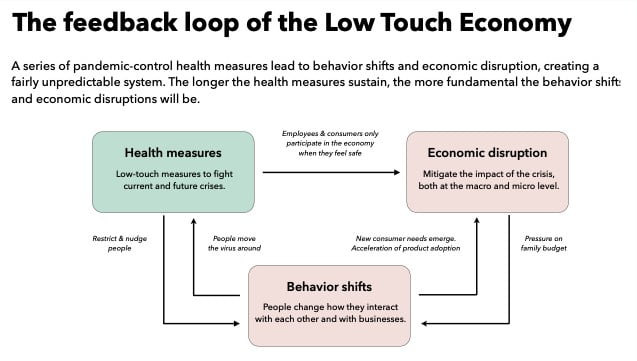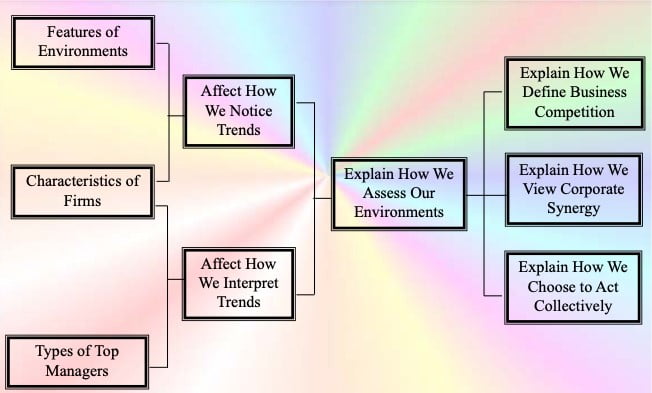The Challenge of Our Times
The current crisis has imposed changes to the rhythms in our lives and business which are intertwined as indicated in Exhibit 1.0. In the post-pandemic world characterized by uncertainty and disruptions, business leaders are grappling to make sense of their environments in the face of hyper-velocity changes of unknown nature. They are hard-pressed to figure out the organizational strategies for regaining their value-creating capabilities to position themselves competitively for survival, growth, and also to revitalize their organizations for coping with the future demands of a highly turbulent environment.

Limitations of Current Strategy Practices
However conventional practices in strategy development and deployment such as the extrapolation of a ‘Linear Model’ of strategic planning of a stable environment or the ‘Adaptive Model’ for emergent strategies in an environment of higher-order dynamics but with known character are proving to be inadequate. Both these models involving deep analysis at the core of its methods are failing to deliver the appropriate strategic direction in the post-pandemic era. This is so, as we are venturing into an uncertain and unknown environment with no established knowledge of its causal nature, hence analytical approaches have limitations as all prior knowledge of the environment proves to be of lesser relevance. The structural model of the way leaders discern and interpret trends in the environment that leads to strategic options, choices and actions are shown in Exhibit 2.0.

The essence of an effective and robust strategy mission undertaken by business leaders must not only ensure success over the short and mid-term but to make an organization continue to secure a competitive advantage for succeeding over time, continuing to do so well into the future. Hence the understanding of the dynamics in the ‘post-pandemic’ environment which is both unknown and highly uncertain, is the critical challenge facing our leaders and vital for an effective strategy formulation process for sustaining excellence over time.
Potential Solution
The Interpretive (Hybrid) Model: Socio-Cultural-Analytical-Logical
The case studies of Sharp versus Texas Instruments in electronic calculators’ business and Cannon versus Xerox in the photocopier market shows, that even under environments of lesser uncertainties but highly competitive intensities— strategic options, capabilities, or resources are not a sufficient basis for adaptation. Adaptation requires that participants are able to make sense of their environment and know what to adapt to. In other words, the question of what drives adaptation depends on the socially constructed reality of organizational participants. That reality is defined through a process of social interchange in which perceptions are affirmed, modified, or replaced according to their apparent congruence with the perception of others. Members of the organization actively form or enact their environments through their social interactions. A pattern of enactment establishes the foundation for organized reality, which in turn has effects in shaping future enactments. This phenomenon is the basis of the process of shaping strategy in the Interpretive Model.
Hence the most essential question for management becomes one of how to develop adequate strategic schemas that enable the firm to create or adapt to competitive change. The choice of strategic schemas and interpretations becomes a creative art that may stimulate novel and interesting environments leading to strategic innovations. There are underlying theories of strategic change, organizational behavior, and cultural transformation supported by methods, tools, and application techniques in the Interpretive Model approach to strategy. Creative experimentation with new methods to counter the challenges is the calling of forward-thinking leaders in these uncertain times.
***


